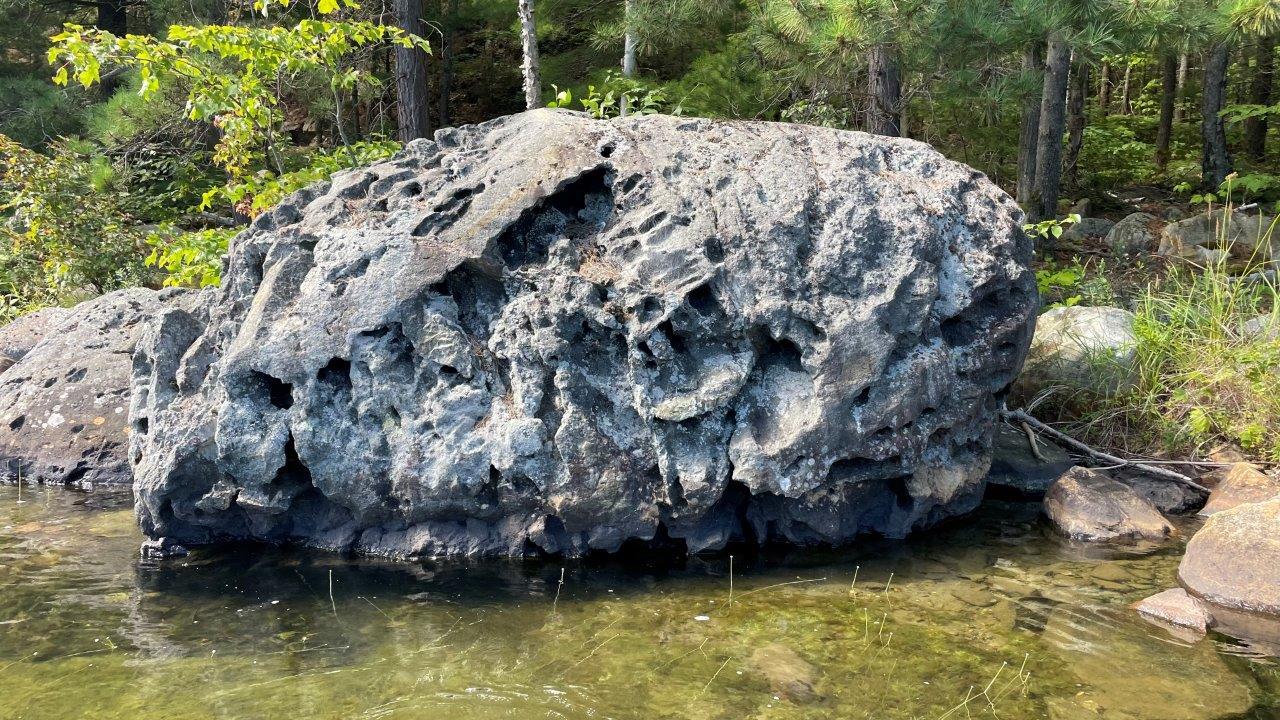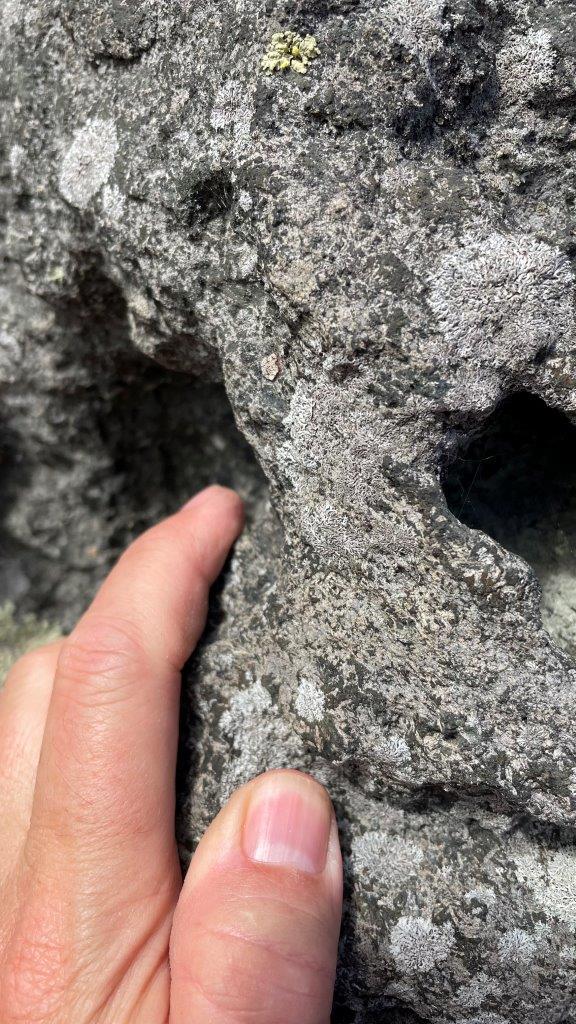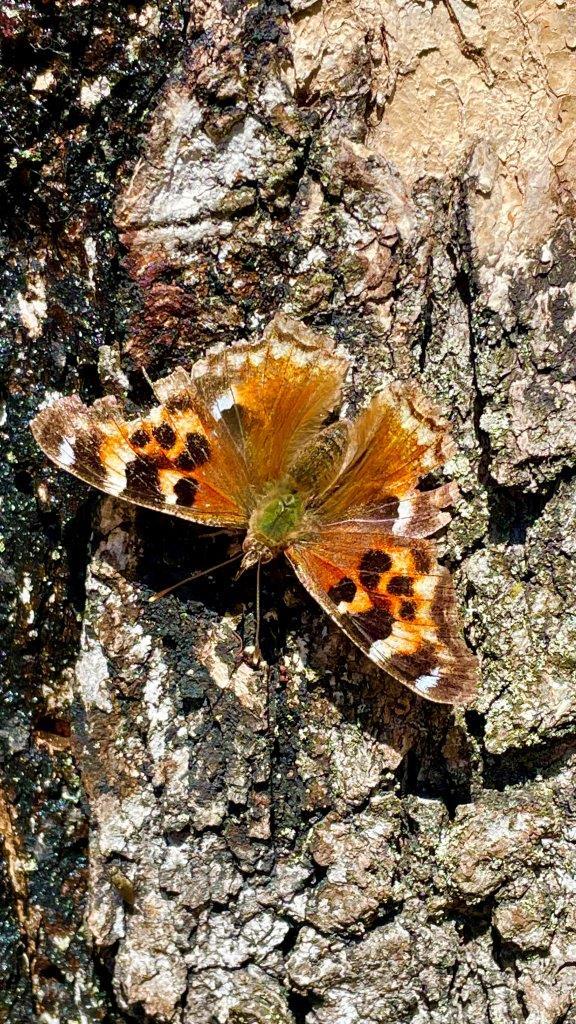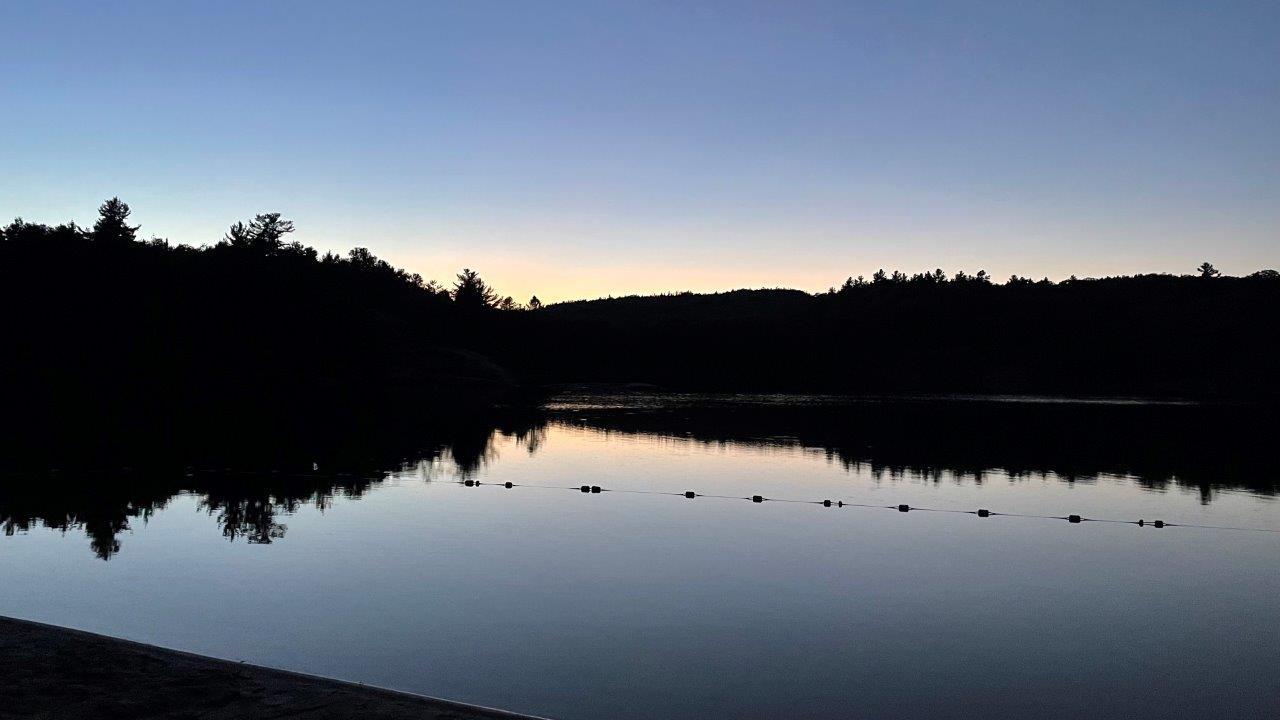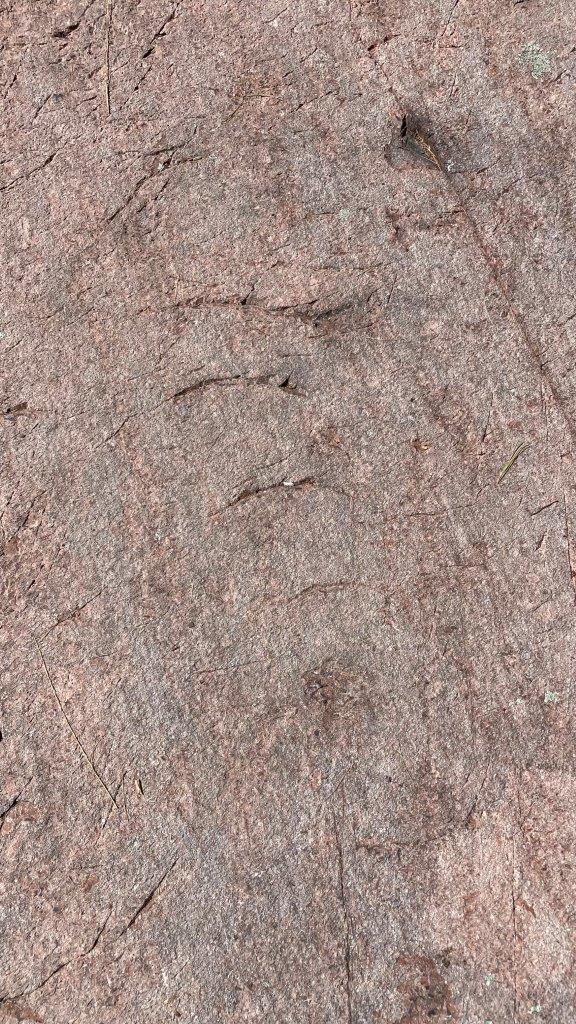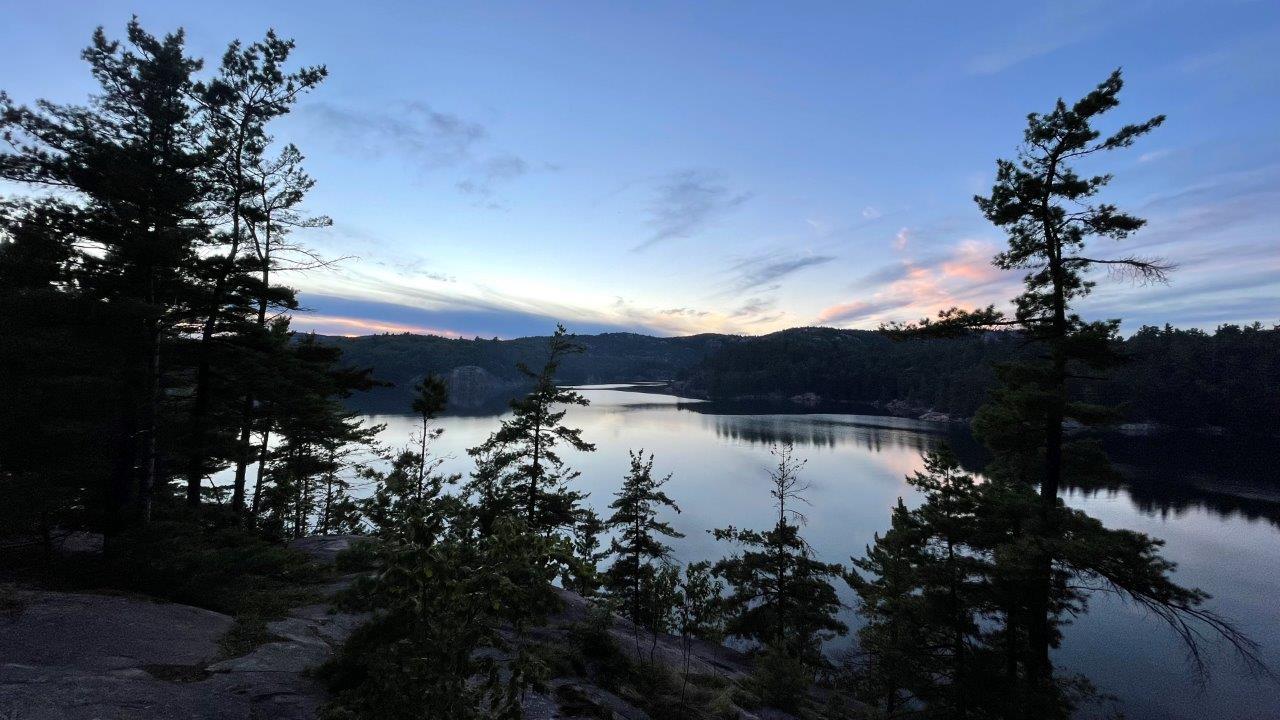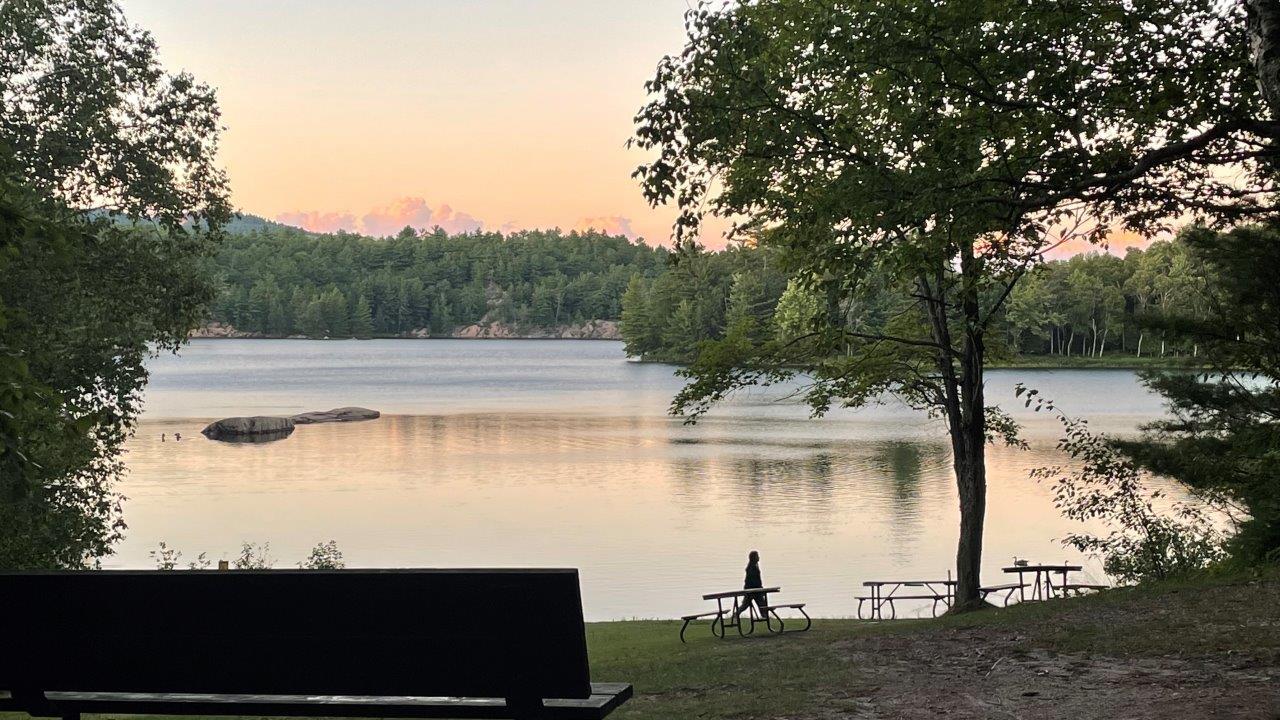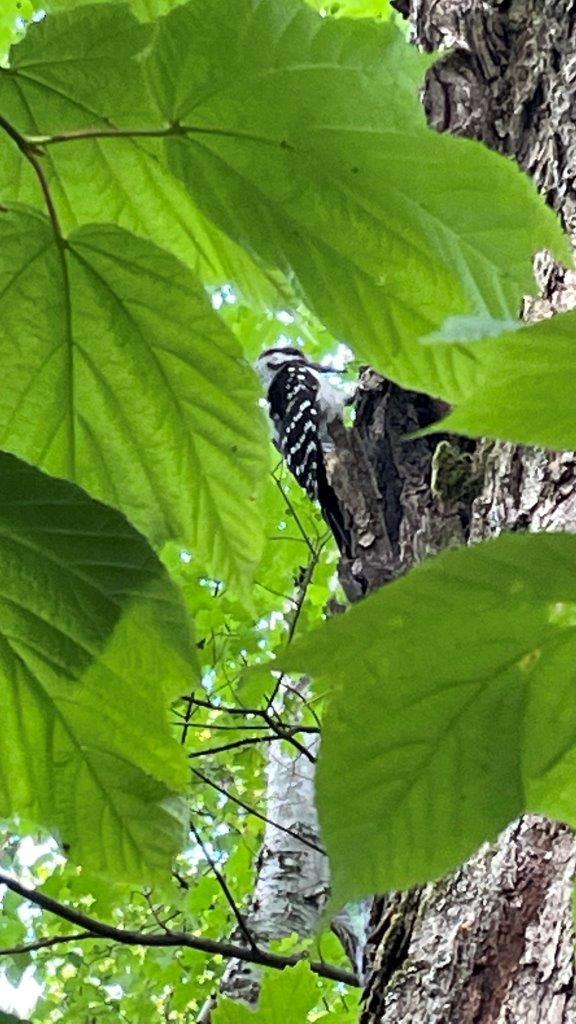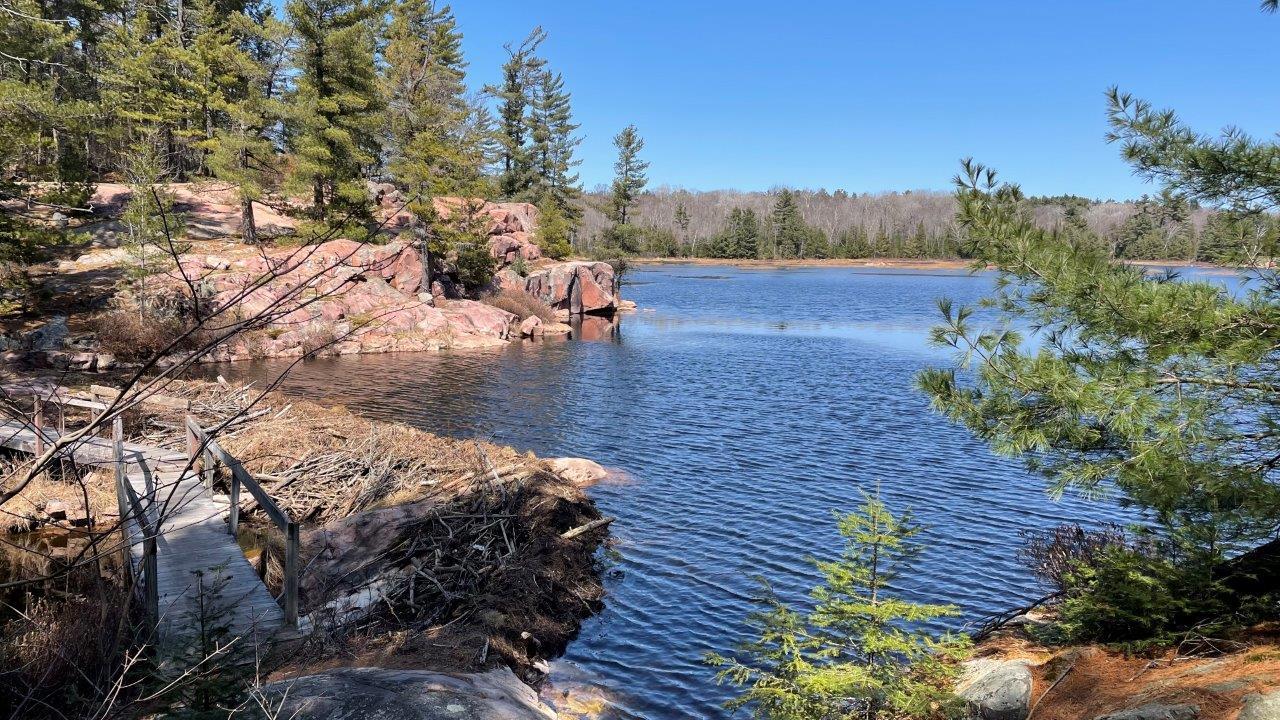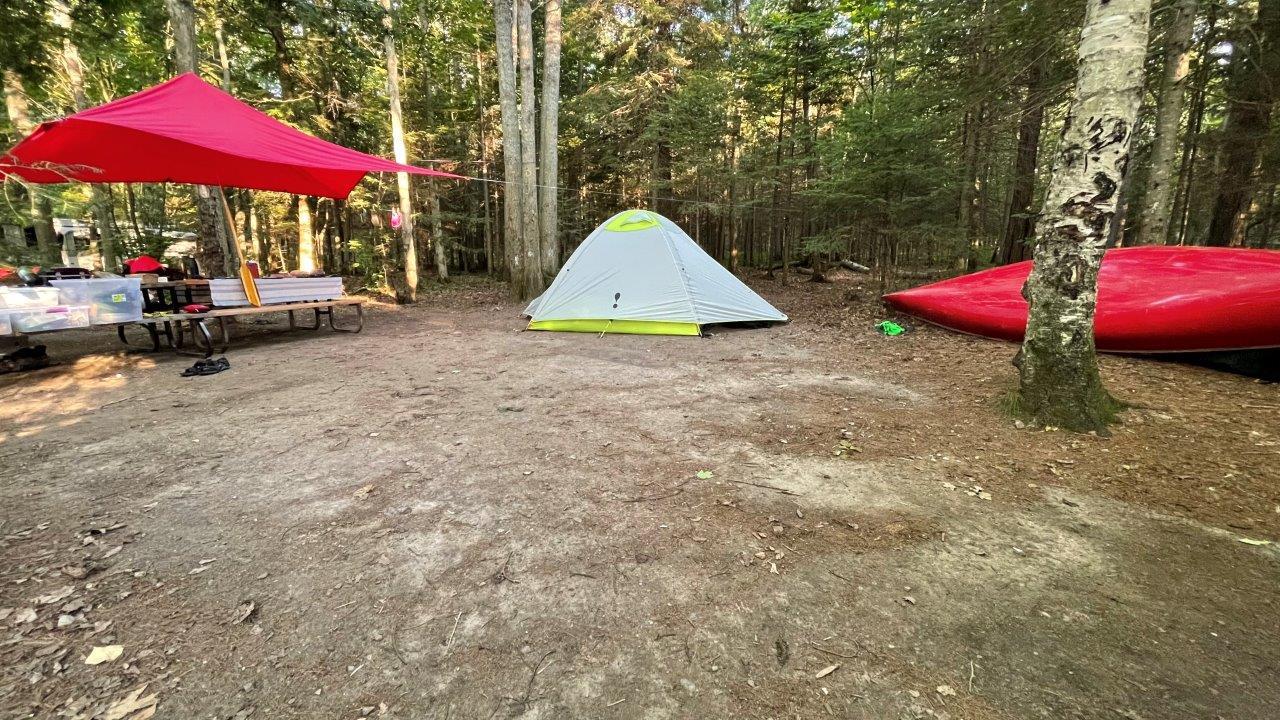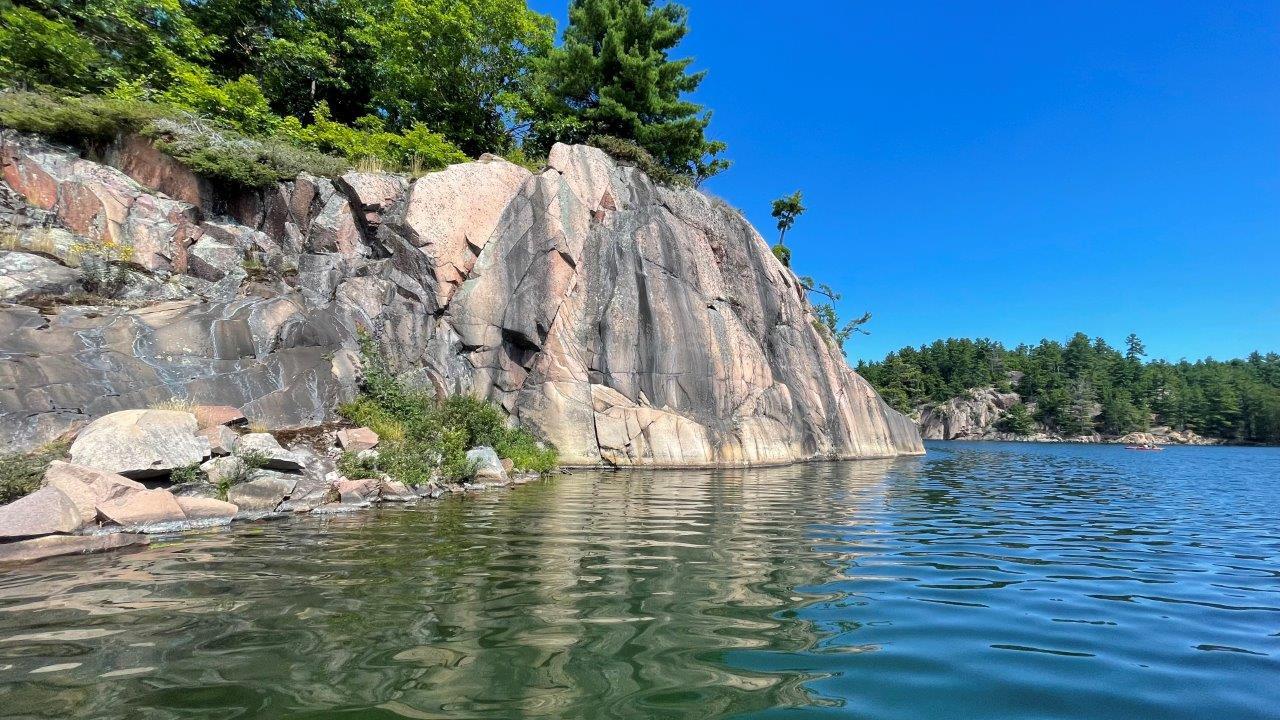ASTRONOMER IN RESIDENCE
Bruce Waters
August 8 - August 14, 2022
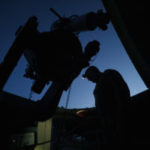
Bruce has been teaching astronomy to the public since 1981 and in the provincial park system every year since 1985. He was at the McLaughlin Planetarium as star theatre operator, producer and educator and ran the last public star show with the hope that, one day, the stars would shine down upon Toronto again. He also authored "A camper's guide to the universe" in 2012" and is the author of the Ontario Parks monthly astronomy blog. Finally, he is the co-founder of Stars over Killarney - an annual astronomy program featuring topics that connect to the Park (2018).
Read Bruce's blog posts as an Astronomer in Residence:
It begins. Preparation from my upcoming gig as Astronomer in Residence in Killarney Provincial Park!
I am a big believer in advanced preparation so that the inevitable changes and unplanned events can be more easily handled.
My family and I will be camping rather than staying at the roofed accommodations. So I will actually be working on three kinds of prep:
- Camping
- Astronomy Presentation(s)
- K’Chi Waasa Debaabing Observatory maintenance/repair and upgrade
For the Observatory, there has been some recent alignment issues that could be attributed to a number of conditions. Working with the Discovery team, I am hoping to achieve the following “Mission” Objectives:
- Take Apart and remove 16" Telescope, fork mount and drive assembly.
- Change the CR2032 battery from the base control module to see if the alignment problems are due to that (unfortunately there is no way to tell in advance).
- Lithium Grease the Meade equatorial pier bolts and make sure that they are free for the pier to be rotated so that the pier can be aligned
- Reassemble telescope and add the additional counterweights (to replace missing ones)
- Realign the 130mm refractor to the 16" primary (after reassembly)
- Attempt to fix the major alignment issue on the 16" by:
Full reset and realignment, if that fails
Manually level the telescope and calibrate level, then full reset and alignment, if that fails
Reset the telescope, Turn off GPS and try manual longitude / latitude / date / time input and then realign
Confirm Home by trying default and if that fails the calibrate home - Assuming the alignment issue can be filled:
Test the MallinCam on the refractor
Collimate the 16" on a suitable star
Align Pier to improve on the 8 second full frame DSLR maximum tracking (without autoguiding)
Over the next few days, I plan to work with Kat in finalizing the astronomy programming that I will provide when I am up in Killarney next week. While the primary objectives of my staff are to see to the maintenance and upgrade of the K’chi Waasa Debaabing observatory and its equipment, I will also try to provide some programming to the campers. Current possibilities include:
- Teaching campers how to use the Waasa Debaabing 10” equipment for Self-use sign out (this one is a priority for me because it will allow campers to use an observatory free of charge)!
- Beach-side chat: an Interactive discussion on everything in the skies and how those mysterious objects have led to the beauty and majesty that is Killarney Provincial Park
- Meteorite discussion
- Solar Observing (a very popular program)
Well, almost all backed! Its been a lot of working getting all of the camping equipment ready as well as astronomy presentation gear and observatory repair equipment but its almost there.
I’ve been coming to Killarney since ‘81 (when my dad was actually younger than I am today).
Now, I bring my own adult children up to this marvelous place.
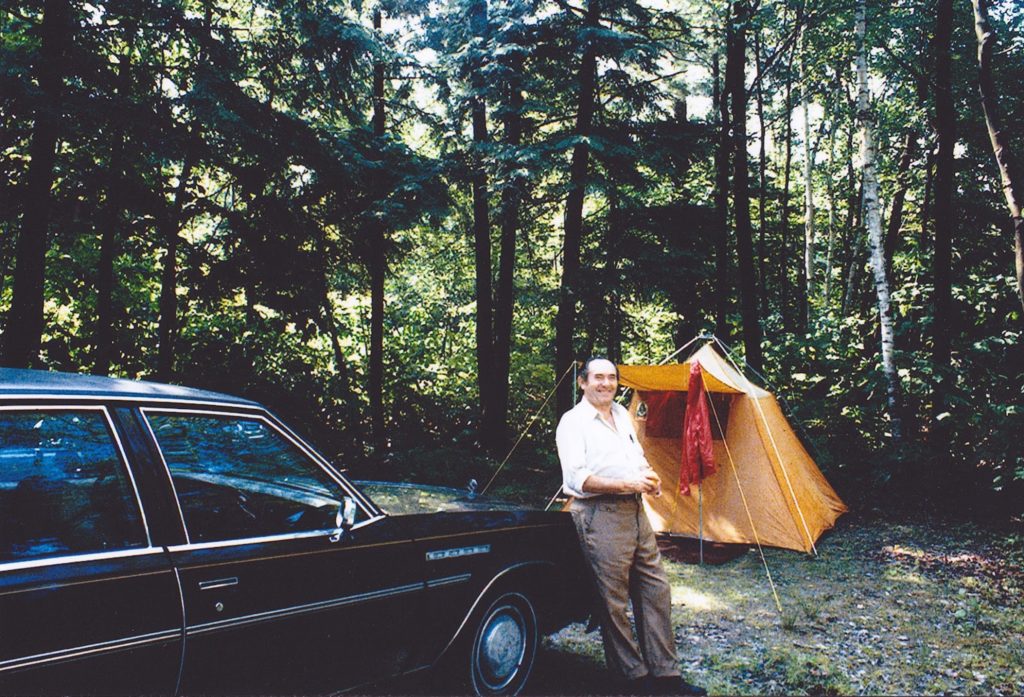
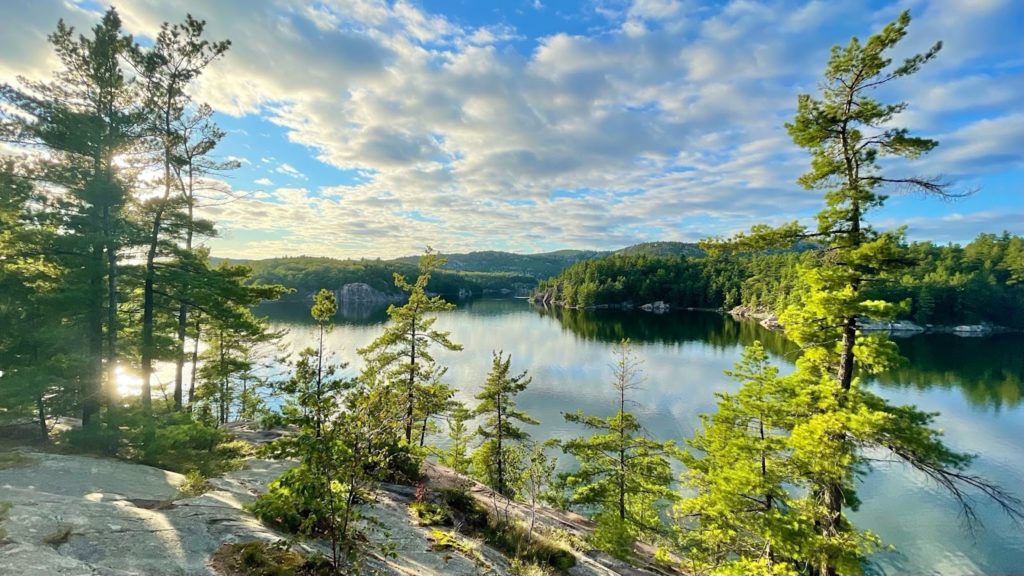
22:00
Night-time alignment of the equipment.
Tried all approaches including disabling the GPS and nothing worked. In fact, the results proved to me that the CPU is not working at all in the computer controller. Case in point, after a full reset of everything and a clean 2 star alignment, it told me that the mount was out of alignment by 413 degrees (which would be almost one and a quarter revolutions (in reality, its out by less than 0.5 degrees)). So…
… back to the drawing board. The plan now is to try using the SkyFi wifi connector from the astronomy program SkySafari to bypass the Meade internal control (this may not work). Option 2 will be a complete wipe of the computer’s internal ROMs and a refresh (we have done this once i the past).
The telescope has been left such that it is still an amazing instrument but simply requires manual pointing if one knows where to look. Fortunately, I have many of the Messier and many NGC object positions committed to memory but most people do not. Therefore, I am running a program on Friday morning to train the Discovery Interpreters how to find objects manually and gave them finder charts of what they can expect to see in the Finder.
15:30
So we arrived after an easy 4.5 hour drive (including stops) and have a marvelous campsite - site 12 (but they are all good sites)! Did take us very long to set up. One problem though, we discovered that the reception with our primary cell phone carrier (we always have a backup) was not transmitting data from the campsite 🙁 .
So, with apologies, the blog updates have had to wait until I was able to get to a connection (hence today’s catch-up updates).
Rebalanced the telescope so that its perfect balance and sprayed lithium grease on the moving alignment nuts and bolts and awaited sunset.
23:15
We had a lovely evening with a 1 hour program (45 minute talk and 13 minutes for questions)
Over 70 people showed up with blankets or beach chairs for a relaxing and intimate evening under the stars! It started off with a lovely kick-off from a Perseid bolide/fireball - a meteor brighter than Venus (magnitude -4.5). It traveled from 30 degrees above the Northeast horizon and ended about 45 degrees over the northwest horizon. What a show!
We had fun with the audience by getting them involved early. We asked them if they had seen or had any experiences with any bears, loons, sandhill cranes or had heard the shill cry of the fisher cat. This led us into a discussion that for thousands of years, people have gathered around sacred places (campfires, waterfalls, beaches, etc,) to share stories and pass on their culture from one generation to the next. Part of that cultural tradition was to learn about the patterns of stars in the sky so that people could navigate as well as create calendars. And, as a useful aid to remembering those patterns as well as an opportunity to teach the morals of the society, their animals and mythical stories were placed into the sky to form the constellations. This led to pointing out the traditional constellations as well as many Ojibwe constellations. The latter, I am very careful to not delve into the stories and only point out the constellations in a respectful manner.
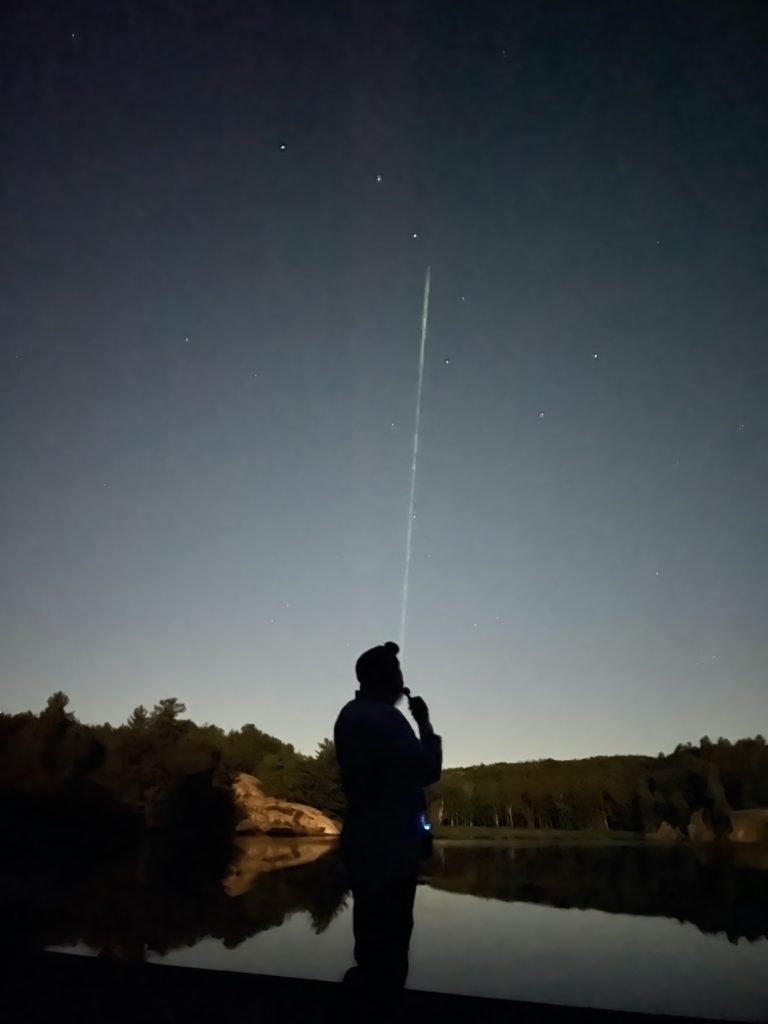
We then went on to talk about who had traveled the furthest to come to Killarney (there was a family from France, so they won)! We used that as a jumping point to discuss the distances to stars and to use the summer triangle to prove that the brightness of a star does NOT indicate its distance because some stars are intrinsically more massive and, therefore, fusing atoms at a more prodigious rate to fight back against the gravity trying to crush them. These stars, such as Deneb, will fuse hydrogen to helium, then helium to carbon and oxygen and so on and so on, producing nitrogen, sulfur, silicon, magnesium, sodium, etc until they produce iron.
We then talked about how when the star produces iron, its come to the end of the road and will then crush itself into a supernova, releasing most of its mass outwards in a giant shockwave. This shockwave then crashes into the stationary interstellar gas clouds, condensing those clouds into new balls of gas that become stars. Thus, out of the deaths of old stars, new stars are formed.
We then talked about the sand and rocks found in Killarney Provincial Park, which has some of the most interesting geology found anywhere in the world! The silicate rocks that have been ground down into the beach sand that they were sitting on was created from the silicon and oxygen found in the stars. The hemoglobin in their blood is based on iron. That iron comes from the final stages of a massive star's life.
The word “Cosmos” stems from the ancient Greek word for order, good government and the universe. The word “Chaos” comes from the ancient Greek word for gap or void. Our Universe was born from out of the void and, in that process, has created stars that, through billions of years, has formed life on the Earth. “As we go back to our campfires, remember that All of those sitting around the beach are connected as brothers and sisters to each other as well as all other life on Earth and thank you for experiencing that at Killarney Provincial Park!
Tonight, at 22:00, will be a beachside chat and interactive program (no slides nor observing aids) other than smartphones on the connection between the Cosmos, Killarney Park and the visitor. We will be touching on a wide variety of subjects but the goal will be to have a strong sense of purpose in why we teach astronomy in Provincial Parks - will let you know how it goes tomorrow!
11:00 to 13:00
Performed final attempt at repairing the autostar controller on the 16” telescope without luck. We first hooked up SkyFi to control the telescope vai an app. We found that where the telescope thought it was pointing was completely wrong. So, we reset the telescope, put it in polar mode, turned off the GPS completely (in case that was the problem), set up the correct longitude, latitude, time and date. It still thought it was pointing in the wrong place. We then flashed the ROMs in case there was a glitch in the computer but that did nothing at all.
The telescope has amazing optics, tracks objects fairly well, is easy to use provided that someone knows how to find objects by star hopping. We are now looking at future options for 2023.
10:00
With the computer automation currently inoperable (we suspect a faulty sensor on the telescope), I spent 2 hours teaching the Discovery team how to find objects the traditional way (they way I have done it for over 43 years, which is to learn the sky and star-hop. By using star charts, smartphones with astronomy apps, etc., I showed them how easy it was to find representative classes of objects including:
Double Star - Alberio
Galaxy - M51
Globular Cluster - M13
Open Cluster - M11
Emission Nebula - M8
Emission, reflection and dark nebula - M20
Planetary Nebulae - M27 and M57
With these objects found as well as the planets (which are now rising) there will be lots of opportunity to present good content to an audience
We then traveled to both observatories - K’chi Waasa Debaabing (seeing very far at a distance) housing the 16” and 5” telescopes and the Waasa Debaabing (seeing far at a distance) housing the 10” telescope. I taught them how to first use the 7x50 illuminated finder for either telescope and then work progressively up to the larger instruments. Always star with the lowest power eyepiece (31mm) and work their way through the medium power eyepiece (21mm) and down to the highest power ONLY if the object and the quality of the sky permit (12 mm). As usual, they were quick learners but will practise in the coming weeks and months ahead!
Even though I have been in the park with most of my immediate family for 3 days, I have not been able to join them on any camping activities as all my time has been focused on astronomy, which I do enjoy, but I miss spending time here with my family.
Today made up for that. We did a fair bit of canoeing, hiking, swimming and eating great food (such as homemade fish tacos with fish purchased from in town.
Well, its time to leave and we are all sad. It was a great time up in the park and spending time with the staff and the campers exposing them to astronomy. We packed up the campsite within the hour, returned the key and talked about next steps including the exciting “Stars over Killarney 2022: From the Earth to the Moon, Mars and Beyond”
Killarney Provincial Park, Observatory and Staff, we will miss you and thank you for the amazing hospitality and good times. It's been 37 years teaching astronomy in Killarney Provincial Park and I am lucky to have lived long enough to see the next generation continue this tradition! Thank you to all the Astronomers in Residence and, of course to Dr. Elaina Hyde, Jeremy Pawson, Shawn Spencer and Head Park Interpreter - Kathleen Houlahan Chayer for making this program a reality. You all represent the best of what can be!

